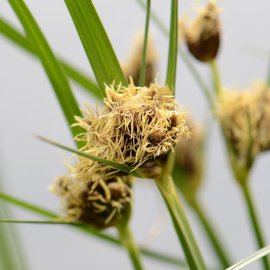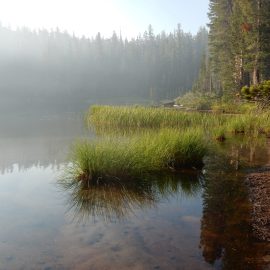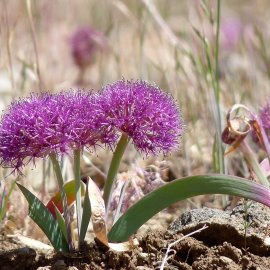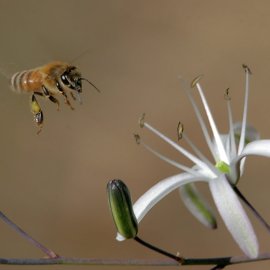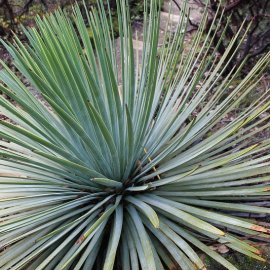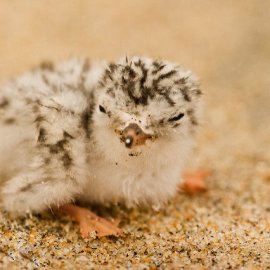Umbrella sedge is a rhizomatous perennial grass with flat to v-shaped grasslike leaves. The flowers occur in spherical spikelets comprised of several floral scales. Several spikelets, each on its own stem, explode from the top of the main stem to
Carex spp. – Sedges
Bolbaschoenus maritimus var. paludosus – Saltmarsh Bulrush
CYPERACEAE (Sedge Family)
ALLIACEAE (Onion Family) & Allium ssp.
Chlorogalum pomeridianum – Soap Plant
AGAVACEAE (Agave Family)
California Least Tern (Sternula antillarum browni)
Yuma Ridgway’s Rail (Rallus longirostris yumanensis)
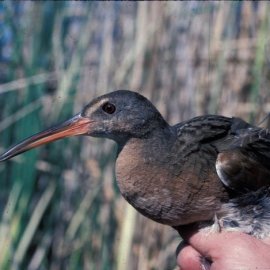
Yuma Ridgway’s rail (Rallus longirostris yumanensis) is the only subspecies of Ridgway’s rail found in freshwater marshes. Historically, cattail/bulrush marshes in the Colorado River Delta were the likely stronghold for the species. The virtual elimination of freshwater flows down the Lower Colorado River to
Light-Footed Ridgway’s Rail (Rallus longirostris levipes)
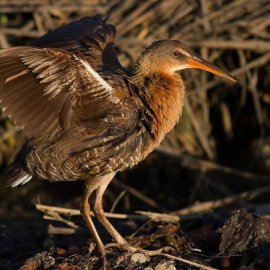
Light-footed Ridgway’s rail (Rallus longirostris levipes) is a medium sized, tawny, and graybrown colored marsh bird which inhabits coastal marshes, lagoons, and their maritime environs in southern California, United States, and northern Baja California, Mexico. They require shallow water and mudflats for foraging,

.jpg?resize=270%2C270&ssl=1)
.jpg?resize=270%2C270&ssl=1)
